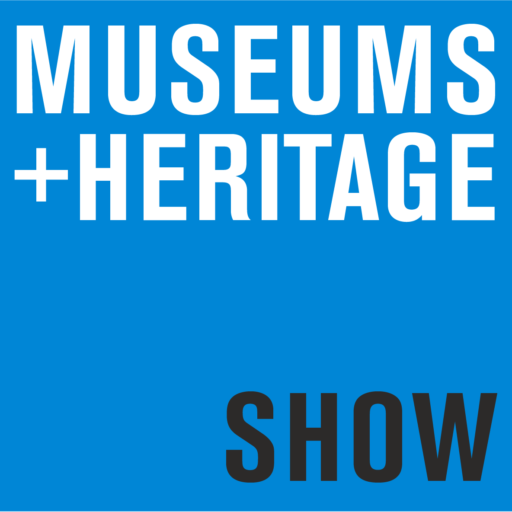RETURN TO EXHIBITOR ZONE
Emergency Procedures
It is vital that you read and bring with you the emergency procedures for Olympia which you can view and download here. Should an incident occur, you will need to know the coding for various different types of ‘alert’ signals. You must ensure that your stand representatives are fully aware of these procedures.
First Aid
Anyone requiring medical attention should inform a member of staff (venue, organisers or security) who will call for a first aider to come and assist. If you believe an ambulance needs to be called, please ensure that this request is directed to the venue’s control room on 020 7598 2666. The staff’s knowledge of the venue and where to direct the ambulance could save vital time.
The Organisers mush also be made aware of any accident and requests for First Aid assistance. Under no circumstances should the emergency services be called directly.
Fire Regulations
The following regulations are included in the eGuide and must be complied with by all contractors and exhibitors.
All materials used in the construction of stands, features and displays, including signs and fascias, shall be:
- of a suitable nature and quality for the purposes and conditions of their intended use
- adequately prepared and fixed in order adequately to perform the functions for which they are designed
- non-combustible, inherently non-flammable or durably flameproof in accordance with BS476-Part 7
- water-based, where applicable, e.g. adhesives and paint
British Standards are the minimum acceptable standards for construction materials. Suitable samples of materials may be submitted to the venue for approval. Materials may be tested on site to ensure that they comply.
Decorative materials
Decorative materials used for stand dressing must be flame proofed or purchased already treated by use of the appropriate chemical.
Untreated wallpaper and similar thin surface finishes, not exceeding 1mm in thickness, may be accepted, provided they are firmly fixed.
Artificial plants and flowers are combustible and give off toxic fumes. Therefore they must not be used for stand dressing. Silk-type flowers are acceptable, providing they are fireproof or have been treated and marked as such.
Fabrics, drapes, curtains and hangings
Drapes, curtains, hangings, etc, must be inherently or durably flame-proofed. Otherwise they may be treated with a proprietary flame retardant. Test certificates must be available for inspection for any materials intended to be used.
Fabrics used for interior stand decoration must be fixed taut and/or in tight pleats (not loosely draped) to a solid backing, secured above floor level and not touching light fittings.
Curtains on exit routes should hang 75mm clear of the floor, be parted in the centre and not conceal any exit signs.
Floor covering
All floor coverings must be secured and maintained so that they do not cause a hazard. Fixing of floor coverings to the hall floor in uncarpeted halls (all except Olympia Central, Levels 2 and 3) may only be carried out using approved tape. Other forms of fixing to the hall floor, such as cable clips, nails and bolts are prohibited.
The organiser will incur a charge for any tape not removed by the end of the tenancy period, or any damage caused to the hall floor.
Glazing
All glazing used in the construction of stands must consist of safety glass (laminated or tempered) a minimum of 6mm thick. Areas of glazing within 800mm of floor level and over 0.5m2, where the smaller dimension of the pane is greater than 250mm, must conform to the thicknesses shown below (in order to comply with the ‘Code of practice for safety related to human impact’):
|
Nominal thickness
|
Maximum pane size dimensions
|
|
8mm
|
1100mm x 1100mm
|
|
10mm
|
2250mm x 2250mm
|
|
12mm
|
4500mm x 4500mm
|
|
15mm or thicker
|
no limits
|
Any uninterrupted, large areas of clear glazing shall be indicated with warning stripes, dots, logos, etc. Overhead glazing shall be of wired or laminated glass, or be otherwise adequately protected from shattering.
Night sheets
Night sheets must be made of inherently non-flammable material or of material satisfactorily treated to render it non-flammable. They shall be stored rolled-up and firmly secured and not cause any obstruction while not in use.
Paint
Only water-based paint may be used on site. If paint-spraying equipment is to be used, the method must be approved by the venue and not cause a nuisance to others. Protective measures shall be taken to ensure that no paint is spilt or sprayed on to the fabric of the building.
Plastic
All plastic, including plastic plants and materials used for vision panels, etc, must conform to BS476-Part 7, Class 1. Polycarbonate materials are acceptable.
Timber
Timber under 25mm thick must be impregnated to Class 1 standard. Treated materials should have ‘BS476-Part 7, Class 1’ marked on them.
Boards, plywood, chipboard, etc, must be treated if under 18mm thick. The exception to this is MDF, which is acceptable for use due to its density. MDF may not be machined on site, as its dust is hazardous to health.
Upholstery
Upholstered seating must be non-combustible and marked with the appropriate standard.
